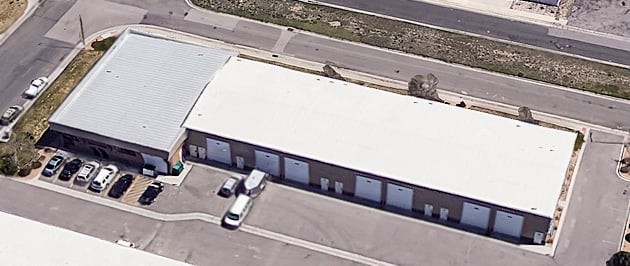 E.I. Medical is renowned for manufacturing the toughest ultrasounds for field use. You may know about our third-party testing on drops, water resistance, temperature extremes, and more. You may even know that our connectors and hinges are sealed to keep moisture out!
E.I. Medical is renowned for manufacturing the toughest ultrasounds for field use. You may know about our third-party testing on drops, water resistance, temperature extremes, and more. You may even know that our connectors and hinges are sealed to keep moisture out!
But while a lot of engineering has gone into these features, your equipment will serve you best if you do your part, too. Our service department sees a lot of interesting things come across their desks, and many of the electronic issues seen can be easily avoided with a little preventative care. This includes daily inspection of the equipment, and most importantly, a little routine cleaning and maintenance.










![Bovine ultrasound [Kevin McSweeney, DVM]]](https://www.eimedical.com/hs-fs/hubfs/Images%202017-18/EIMI%202017-2018/blog/Bovine%20palpation%20%5BMcSweeny%5D.jpg?width=1920&name=Bovine%20palpation%20%5BMcSweeny%5D.jpg)




